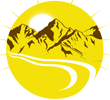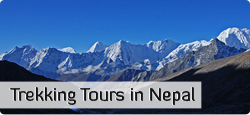- Lhasa Tour 3/4 Days
- Monastry Tour
- Lhasa budget Tour
- Lhasa with Everest Base Camp
- Lhasa Kailash tour
- Tibet Tour with Namtso Lake
- Tibet Tour with Namtso Lake Tsedang Samye
- Mt. Kailash Tour
- Simikot Kailash Tour
- Lhasa Kailash Tholing Guge Kingdom
- Kailash By Helicopter
- Kailash Sagadawa Festival Tour
- Register
- Cycling Lhasa Kathmandu Tour
- Cycling Khangsar to Kathamandu
- 15 Days Cycling Lhasa Kathamandu
- Cycling Kailash Kathmandu Tour
- Register









